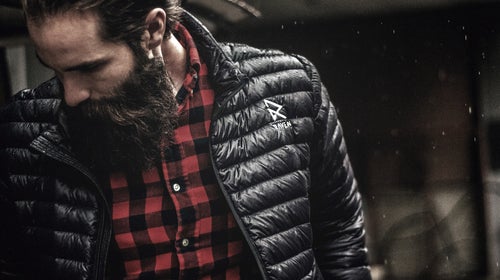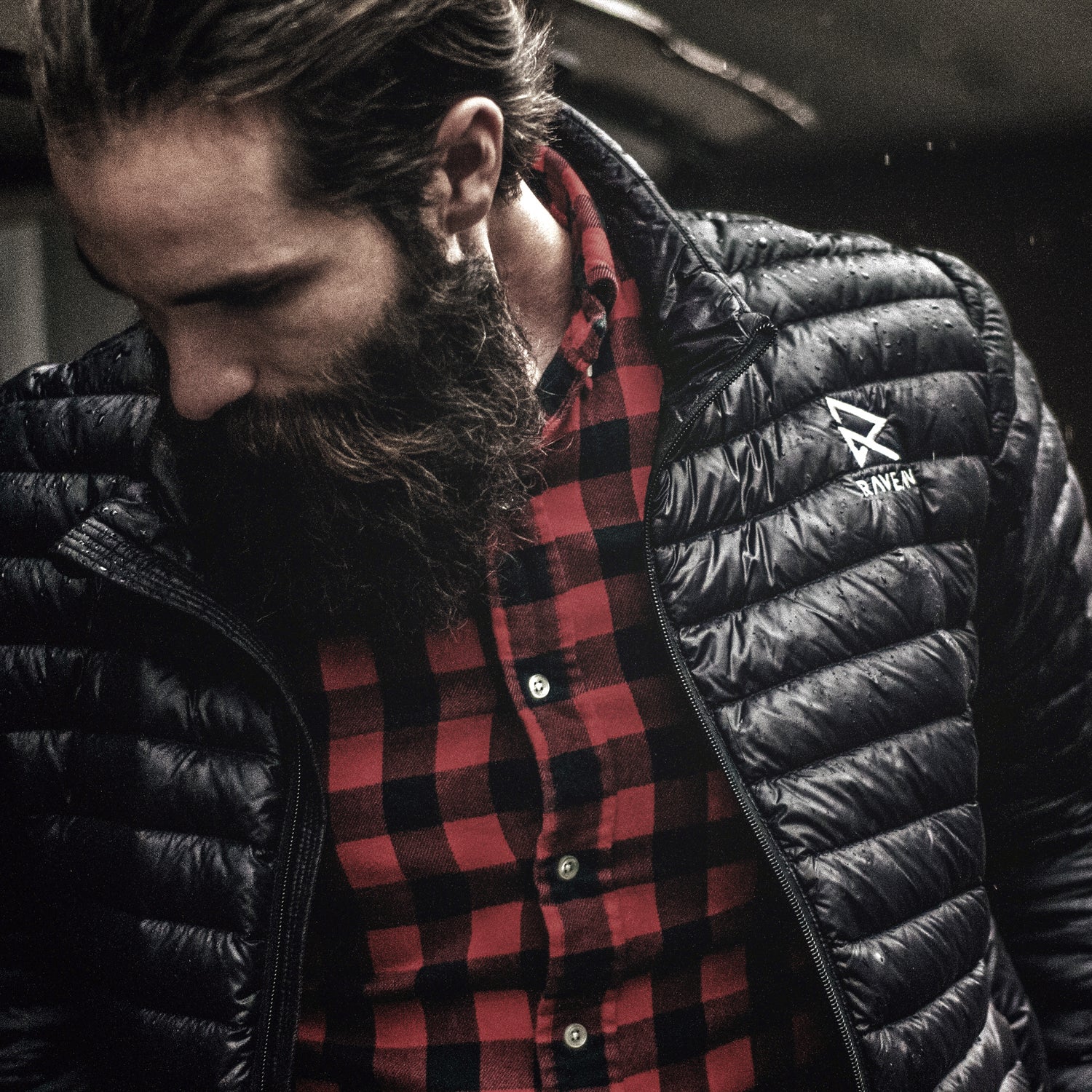Electric-heated garments sound great in theory but tend to be heavy and bulky. In the outdoor industry, heated ski gloves and mittens are relatively popular, but apparel has proven to be a tougher nut to crack. Big companies like The North Face and Columbia have dipped their toes into the electric-apparel market only to discontinue the lines because they were too expensive or too gimmicky.
A startup in Utah thinks it can succeed where those behemoths failed. Ravean is in the midst of a to launch a line of electrically heated outerwear: four models—a down jacket with and without hood, a down vest, and a cotton hoodie—for both men and women. Lightweight, rechargeable batteries power carbon-wire heat panels throughout the clothing that warm the wearer. The company is so confident in its machine-washable product that it’s covering the apparel with five-year warranties.
That confidence isn’t unfounded. First, there’s the relatively low price tag. Ravean’s clothing ranges from $89 to $189—less than half the cost of The North Face’s 2002 MET5 coat.
The tech is sound, too. Ravean’s patented, removable batteries easily fit into a pocket, fully recharge in 90 minutes, and provide up to ten hours of battery life, depending on which of the three heat levels you select. The batteries can also power up phones or other portable devices via a USB outlet—the same outlet that plugs into the coat to power the electric heating.
The coats include an additional pair of panels in the hand pockets and come with a pair of electric-heated gloves that are powered by plugging into the coat sleeves (a feature found on many electric jackets marketed to motorcyclists). The coats also have a heavier 12-volt battery (298 grams) than the vest (138-gram, five-volt battery).
I tested the down vest, which, like the coats, contains 750-fill down and has a DWR coating for water repellency. Even with the 138-gram, five-volt battery, the vest felt as light as any other medium-weight down vest on the market. But with the trio of heat panels across the upper back and chest, it was considerably warmer. Impressively, I could barely tell the heating panels were there.����
Really, my only complaint is that the heat level had a tendency to click into a lower mode, although I couldn’t tell if this was an electronic issue or if I was accidently hitting the button near the collarbone that controls the electronics.
����
Bottom line: The warmth boost of the heated vest was impressive without a noticeable weight penalty. At $89, it costs the same or less than other down vests on the market, and the warranty makes the purchase almost risk-free.


